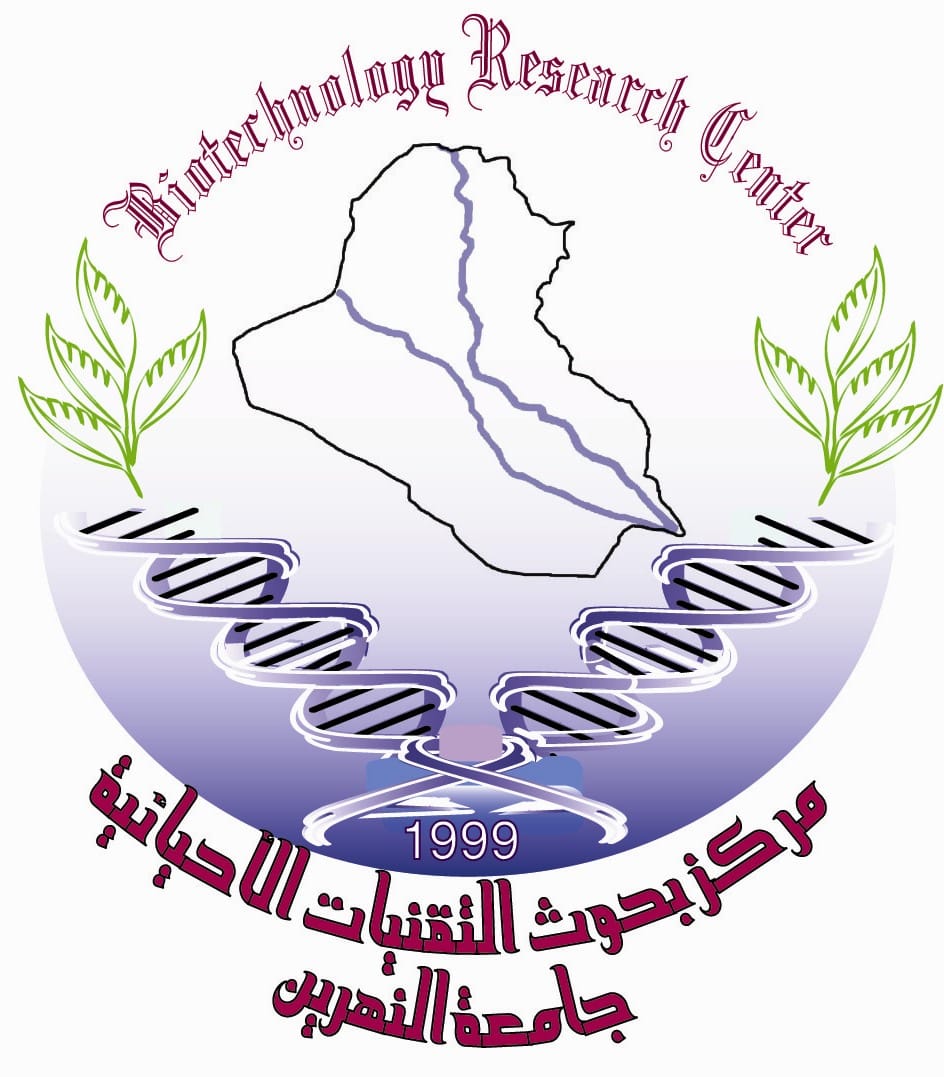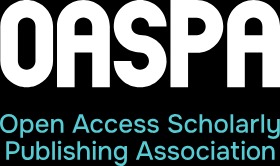Role of Staphylococcus aureus cell wall protein A in the pathogenesis of the bacteria
DOI:
https://doi.org/10.24126/jobrc.2013.7.1.239Abstract
This study dealt with 20 diagnosed isolates of Staphylococcus aureus. The haemagglutination test was used to investigate the presence of protein (A) in all S.aureus isolates. One isolate has been chosen as an optimal isolate to accomplish this study, because of its high content of protein (A). Crude protein (A) was extracted by two steps. The first is "Suspending in sodium azide"; the second was precipitation by ammonium sulphate. In order to get a purified protein (A) extract from crude protein A, purification was accomplished by two steps: Ion – exchange chromatography by DEAE – cellulose column was used in the first step, while Gel – filtration chromatography by Sepharose CL – 6B column was used in the second step. Double immunodiffusion in gel was used to investigate the preservation of the crude and purified protein (A) with its full function. Bradford method was used to estimate protein (A) extracts concentration (Crude, Partial purified, Purified). White mice (Balb C) were used to investigate the pathogenic effects of purified protein (A) .The injected mice with purified protein (A) showed general weakness which was very clear after the sixth injection . There were no phenotypic dermal change in the injection area and no dead mice as well. After killing and dissecting of all the mice, the organs of heart, spleen, liver, kidney, intestine, stomach and lung were eradicated. There were a great enlargement in spleen and a little in liver in all injected mice in comparison with the control mice. No phenotypic changes appeared in heart, intestine and stomach, but black spots were shown on the outer surface of kidney and liver tissue which were presented in all the injected mice. The most important results in this study are the great size of pathogenic effects in lung. The tissue seemed faint black with which was obvious in seven mice. The lung of the three others (some parts) showed during anatomy covered by blood. The histological check for heart, intestine and stomach showed no pathogenic effects resulted from protein (A) injection. In the spleen, there was a huge expanding in the white pulp region, with blood congestion while the spreading of megacaryocytes has increased. The liver showed mild degenerative change in liver cells with monocytes infiltration especially in the entrance region which appeared expanded. Also there was an increase in kupffer cells in all liver tissue. Kidney showed increase in mesengial cells which are considered the forming units of glomeruli. The histological check of lung included bloody congestions, oedema, inflammatory cells infiltration and alveolar spaces expanding forming ''Emphysema '' The lung was the most effected organ that showed tissue injury among other all organs.
Downloads
Published
How to Cite
Issue
Section
License
This is an Open Access article distributed under the terms of the creative commons Attribution (CC BY) 4.0 license which permits unrestricted use, distribution, and reproduction in any medium or format, and to alter, transform, or build upon the material, including for commercial use, providing the original author is credited.











